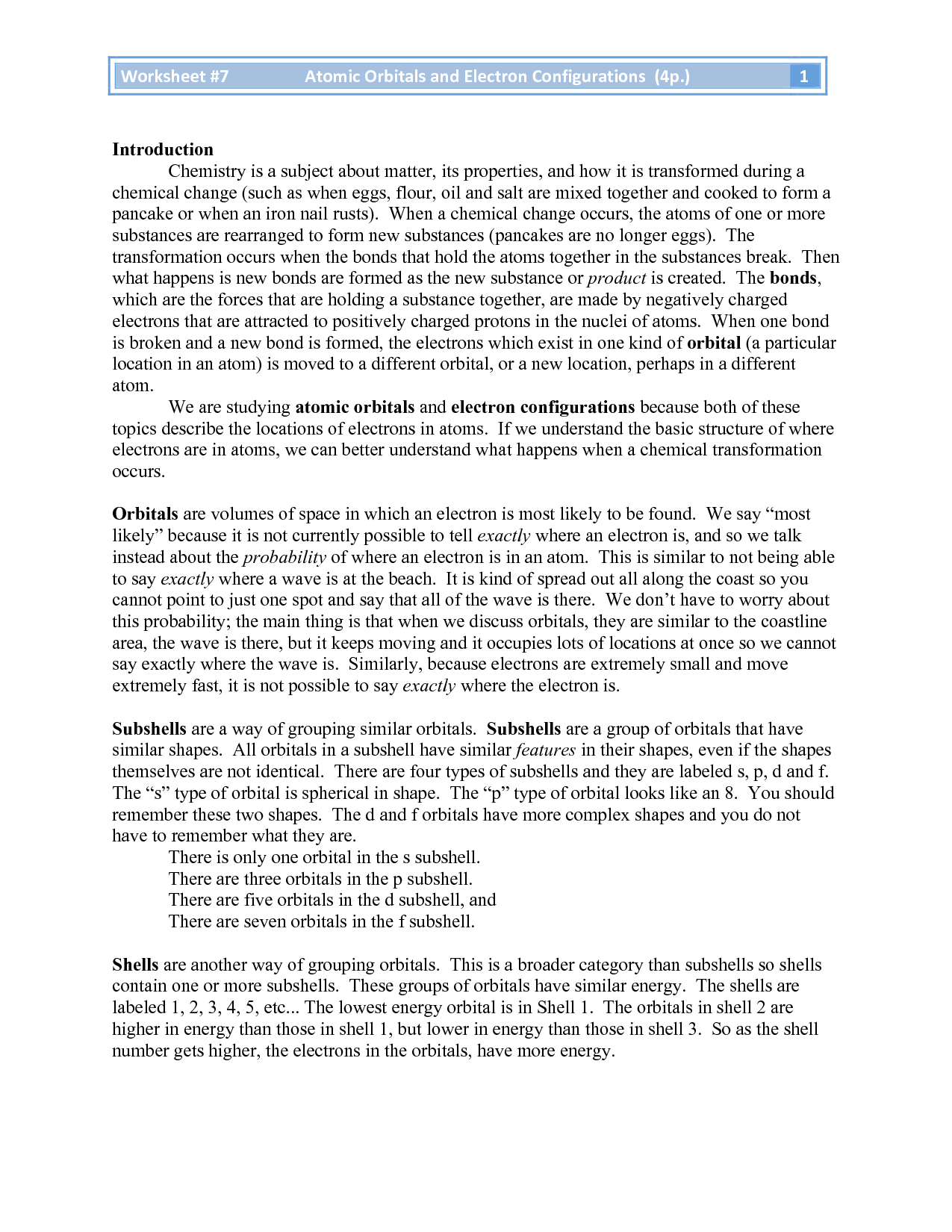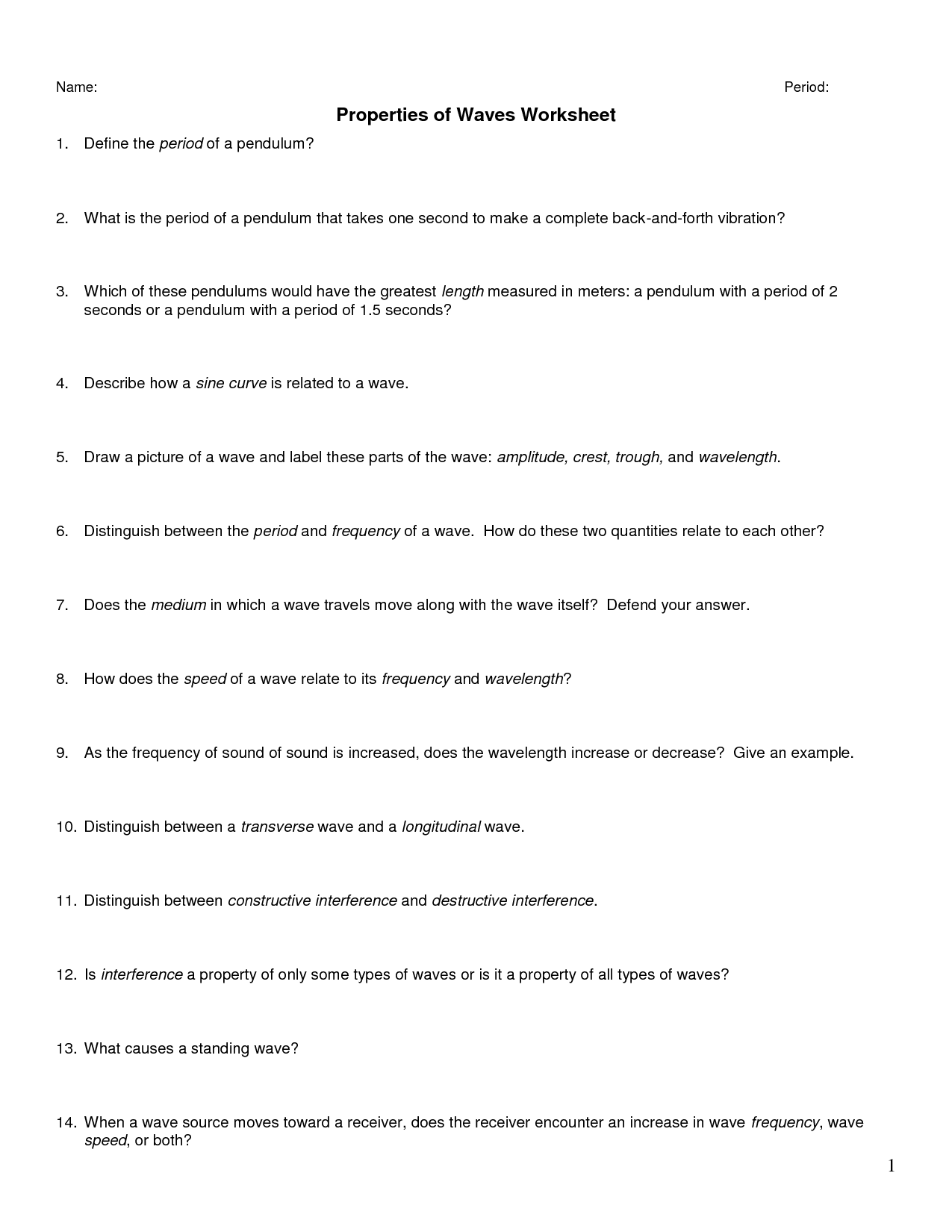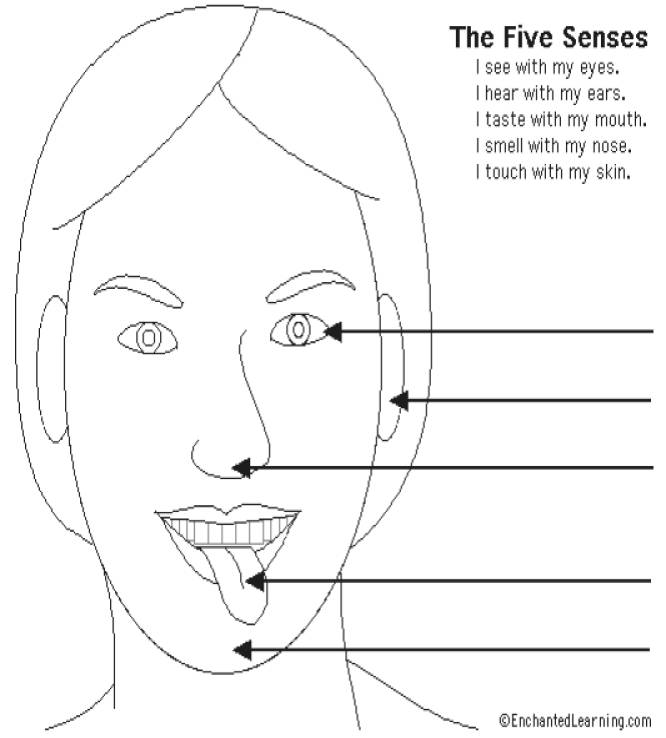Properties of Sound Waves Worksheet
Are you interested in learning more about the properties of sound waves? If so, you've come to the right place! This blog post will introduce you to a helpful tool for deepening your understanding of sound waves - worksheets. Worksheets can serve as invaluable resources for understanding the different aspects and characteristics of sound waves, providing you with an organized way to explore the subject matter and engage with the material.
Table of Images 👆
More Other Worksheets
Kindergarten Worksheet My RoomSpanish Verb Worksheets
Cooking Vocabulary Worksheet
DNA Code Worksheet
Meiosis Worksheet Answer Key
Art Handouts and Worksheets
7 Elements of Art Worksheets
All Amendment Worksheet
Symmetry Art Worksheets
Daily Meal Planning Worksheet
What are sound waves?
Sound waves are vibrations of particles that travel through a medium, such as air, liquids, or solids, carrying energy from one place to another. These waves are created by the movement of an object or source, which causes compressions and rarefactions in the medium, resulting in the perception of sound by our ears when the waves reach them.
What is the frequency of a sound wave?
The frequency of a sound wave refers to the number of complete cycles of the wave that occur in one second and is measured in Hertz (Hz). It determines the pitch of the sound, with higher frequencies corresponding to higher-pitched sounds and lower frequencies corresponding to lower-pitched sounds.
How is the pitch of a sound wave determined?
The pitch of a sound wave is determined by its frequency, measured in hertz (Hz). Higher frequencies correspond to higher pitch sounds, while lower frequencies correspond to lower pitch sounds. The human ear can detect frequencies ranging from about 20 Hz to 20,000 Hz, with higher frequencies perceived as higher pitch and lower frequencies perceived as lower pitch.
What is the amplitude of a sound wave?
The amplitude of a sound wave is the measure of the maximum displacement of particles in the medium from their rest position as the sound wave passes through. It is related to the intensity or loudness of the sound, with higher amplitudes corresponding to louder sounds.
How is the loudness of a sound wave affected by its amplitude?
The loudness of a sound wave is directly proportional to its amplitude. In other words, the greater the amplitude of a sound wave, the louder it will be perceived by the ear. This is because a larger amplitude results in a greater displacement of air particles, which translates to a stronger intensity of the sound wave reaching our ears.
What is the wavelength of a sound wave?
The wavelength of a sound wave is the distance between two consecutive points in a wave that are in phase with each other, such as from one crest to the next crest or from one trough to the next trough. It is typically measured in meters and can range from a few millimeters to several meters depending on the frequency of the sound wave.
How is the speed of sound related to the medium through which it travels?
The speed of sound is directly related to the medium through which it travels. In general, the speed of sound is faster in solids than in liquids, and faster in liquids than in gases. This is because the particles in a solid are closely packed together, allowing sound waves to travel more quickly through the material. In contrast, the particles in gases are more spread out, which slows down the speed of sound. Additionally, factors such as temperature, pressure, and density of the medium can also impact the speed of sound.
How do sound waves interact with different materials?
When sound waves encounter different materials, they can either be absorbed, reflected, transmitted, or scattered. The interaction depends on the properties of the material such as density, elasticity, and thickness. Soft and porous materials like curtains can absorb sound waves, reducing their intensity. Reflective materials like hard walls bounce sound waves back, causing echoes. Translucent materials allow sound waves to pass through with minimal reflection. Finally, uneven or rough surfaces can scatter sound waves in various directions, affecting the overall sound quality in a room.
Explain the concept of reflection in relation to sound waves.
Reflection in relation to sound waves refers to the phenomenon where sound waves bounce off a surface after striking it. This causes the sound waves to change direction and continue traveling in a different path. Reflection of sound waves can lead to the formation of echoes and reverberation, impacting the way we hear sounds in an environment. The reflective properties of the surface, the angle of incidence, and the frequency of the sound waves are all factors that influence how sound waves reflect off surfaces.
How do sound waves travel from the source to the ear?
Sound waves travel from the source to the ear by vibrating molecules in the air. When an object creates sound, it causes nearby air molecules to compress and expand, creating a series of pressure waves. These waves travel through the air until they reach the outer ear, where they are funneled into the ear canal and cause the eardrum to vibrate. The vibrations are then transmitted through the middle ear bones to the inner ear, where they are converted into electrical signals that are sent to the brain for interpretation as sound.
Have something to share?
Who is Worksheeto?
At Worksheeto, we are committed to delivering an extensive and varied portfolio of superior quality worksheets, designed to address the educational demands of students, educators, and parents.
































Comments